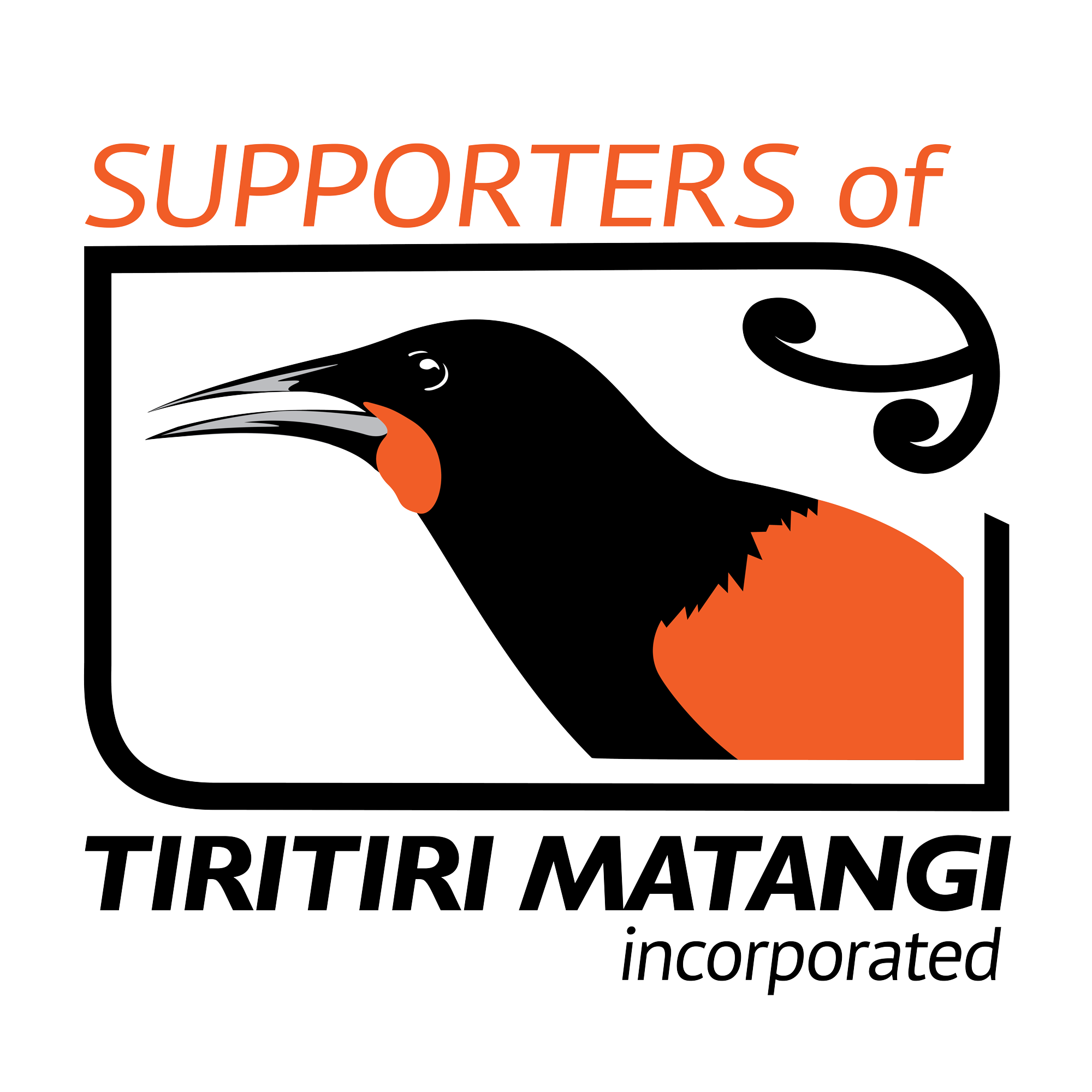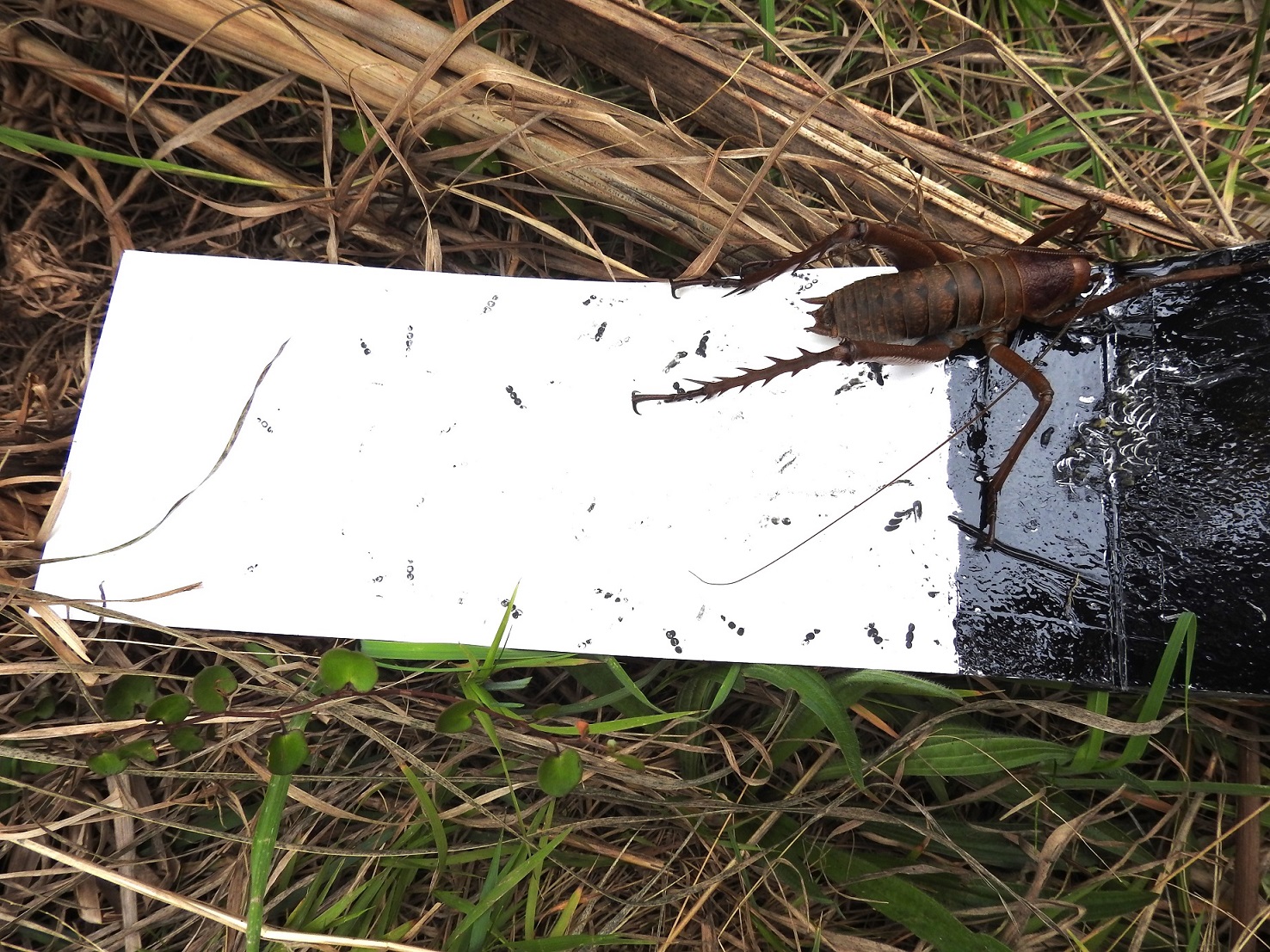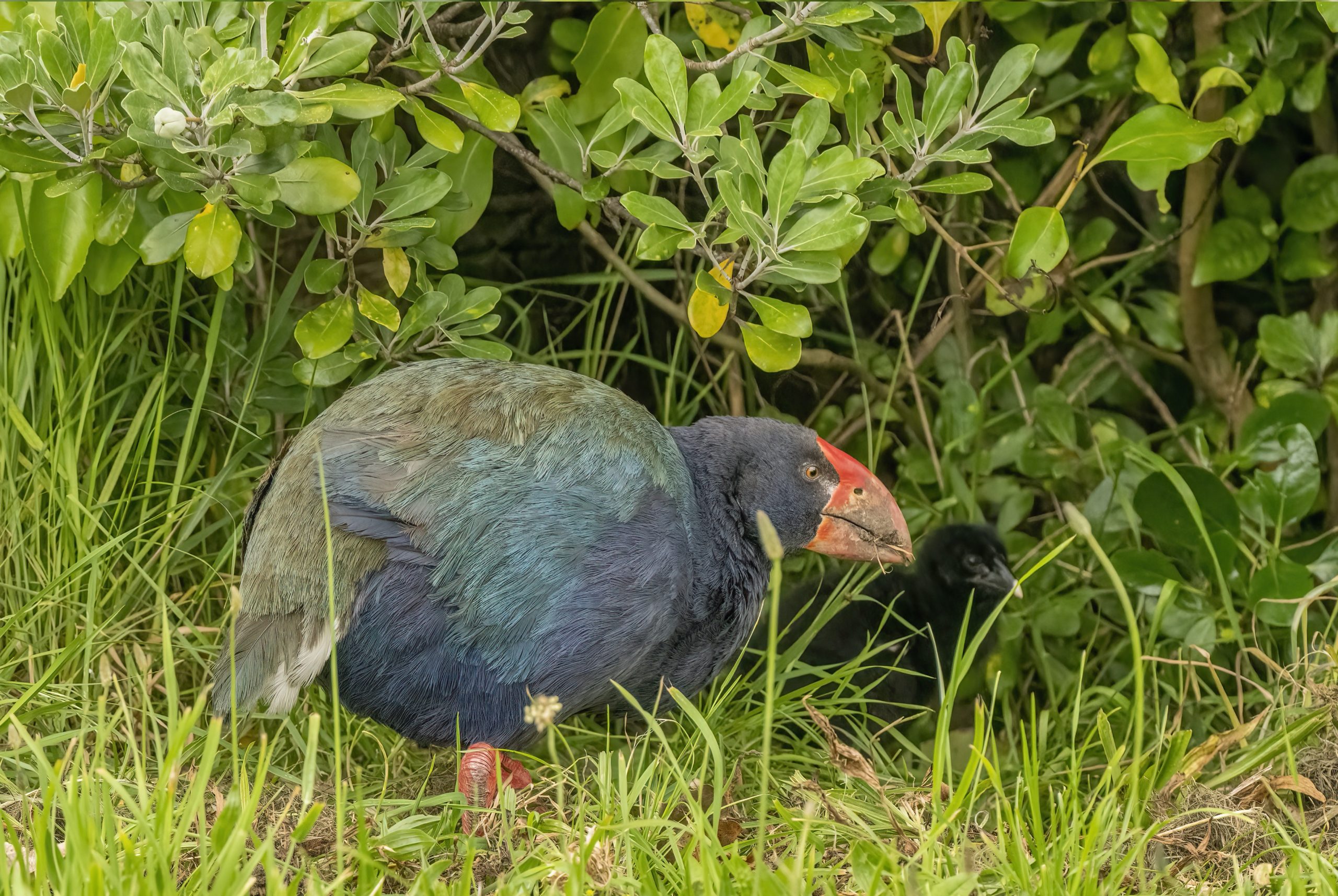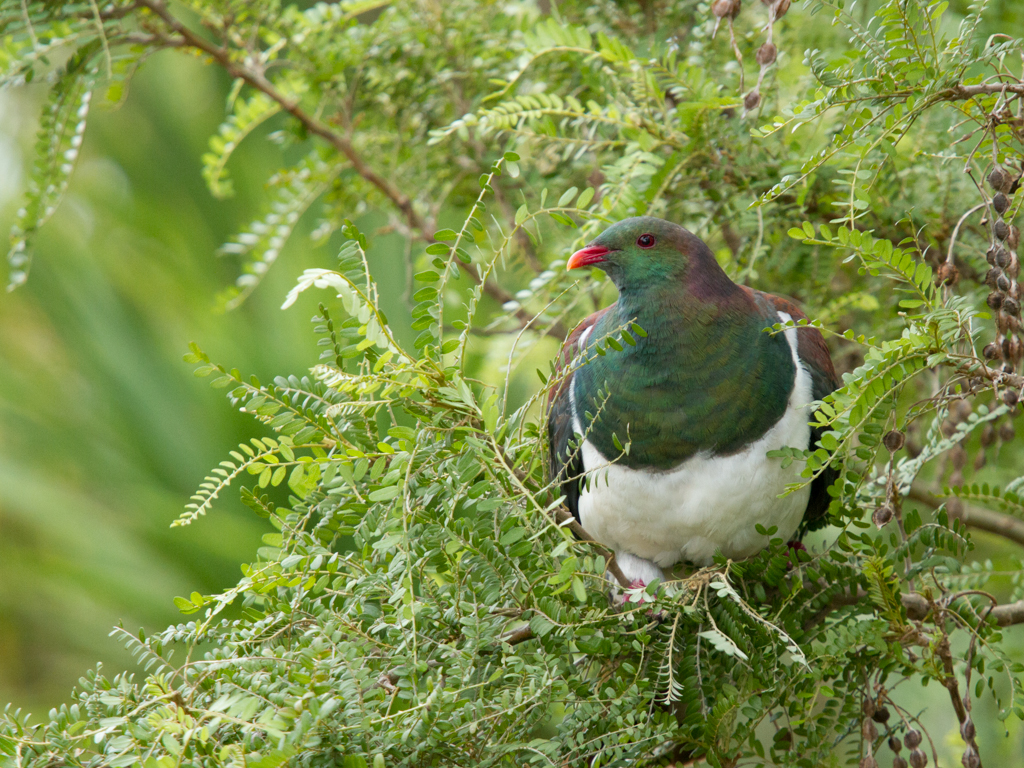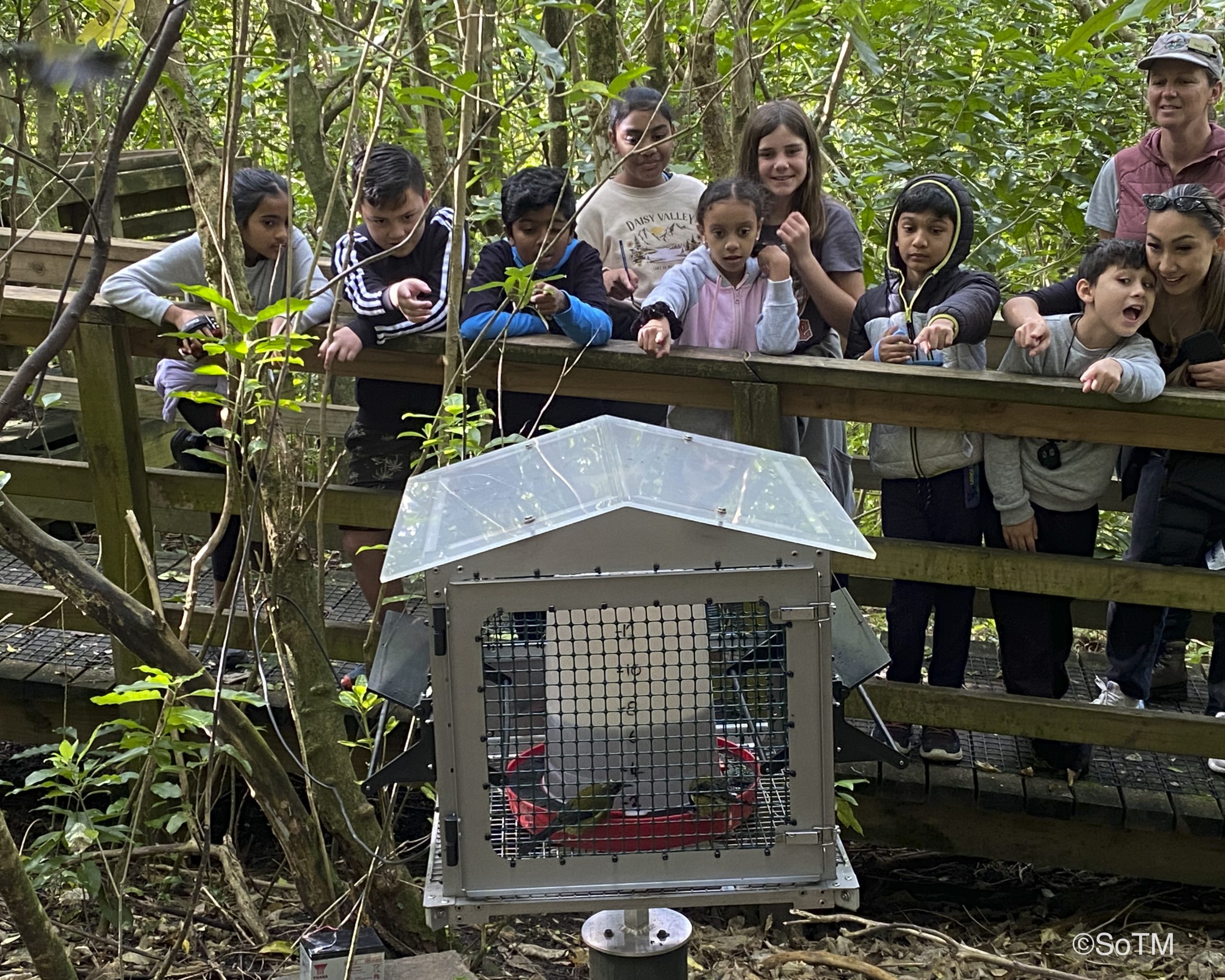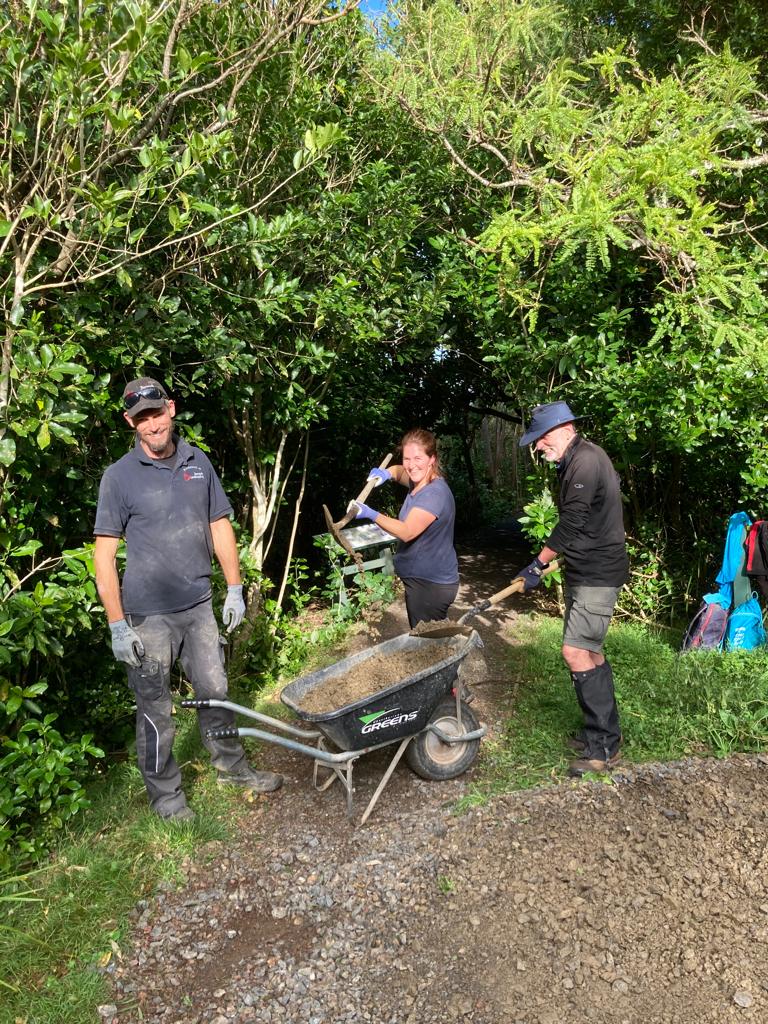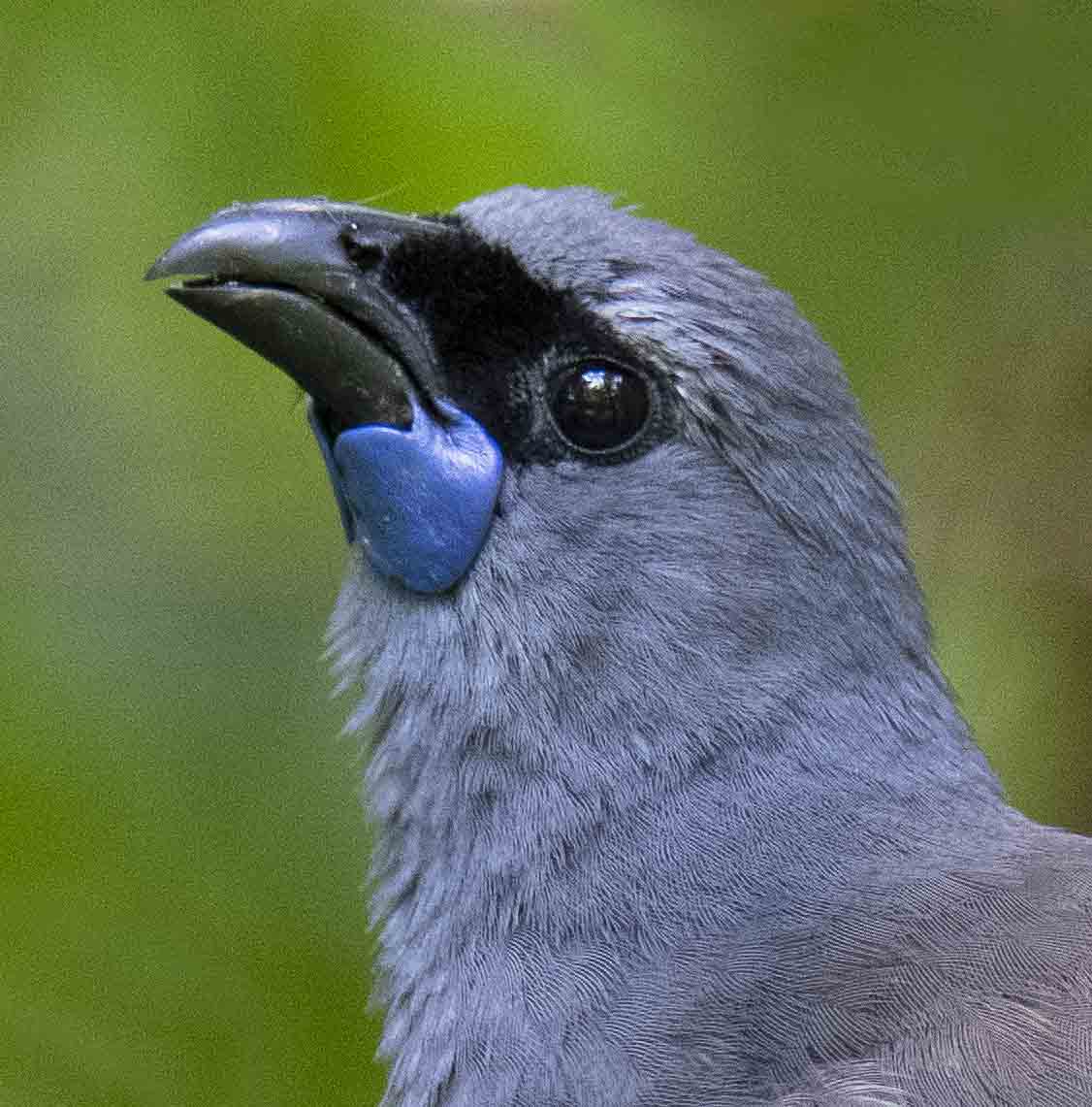From planting some of the first trees to using them for shade from the sun
From planting some of the first trees to using them for shade from the sunAuthors: Students from St Cuthbert's Year 7Date: Thursday 21st September 2023Header image credit: Martin Sanders“Today St Cuthberts Year 7 visited Tiritiri Matangi. When we arrived, we admired the crystal clear water and the beautiful greenery that surrounded the island. As we were guided around the Island by the kind guides, we experienced all the beautiful songs of the birds. We learnt so much about all the different kinds and species of birds, trees, plants and so much about the history of the Island. It was very inspiring to know that our school was part of restoring this beautiful Island. We had so much fun learning about all the cool facts our guide taught us. Our favourite fact was that some wētās, if they land on your hand, it feels the same as when your fingernails dig into your palm. Thank you so much for having us, we loved the experience.” Chloe and Lucy “Our trip to Tiritiri Matangi was spectacular! We learnt various facts about the wildlife there, all sorts of birds and most importantly we learnt about the inspiring history of the Island. Many people used to come to Tiritiri Matangi to plant trees and help make it the beautiful Island you see today. If you do something good, people will remember you! The Island of Tiritiri Matangi is invasive…
Tracking tunnels on Tiritiri Matangi
Tracking tunnels on Tiritiri MatangiAuthor: Neil DaviesDate: 15th September 2023Tracking tunnels on Tiritiri Matangi are used as a biosecurity monitoring tool for detecting the presence of unwanted organisms such as rats or mice. They can also build up a picture of what animals are present in a certain area. The cards inside the tunnels are inked in the middle and have peanut butter as a lure. Animals that are attracted by the smell of peanut butter enter the tunnel and walk across the ink to reach the peanut butter. When they exit the tunnel they leave footprints (and sometimes marks from the body or tail).
In the past, the cards were left out for a month but now they are put out one weekend and taken in the following weekend. Tracking cards are also being used to monitor reptiles on the island. It was through a tracking tunnel that a Norway rat was detected on the island in January 2018 with its prints appearing on the tracking card. It is the only rat incursion that we are aware of since kiore (Polynesian rats) were eradicated in 1992-3. Fortunately, it was caught within two weeks, before it was able to cause too much damage.
More typically though, footprints of skinks, geckos, wētā, wētāpunga, tuatara and birds eg. Pūweto/ spotless
crake and, occasionally, kororā/ Little penguin, show up on the cards.
Two men and a baby
Two men and a babyAuthor: Story shared by Vic Hunter and text taken from SoTM Dawn Chorus Bulletin No.10 May 1992Date: August 2023In January 1992, Stormy and Mr. Blue, two male takahē, successfully raised a chick. It was not unusual for male takahē to share in nest building and incubation, so it was no surprise when they showed a desire to incubate a ‘dummy egg’. Their readiness to incubate prompted DOC to find a real egg for them. A ‘spare egg’ became available when a pair on Maud Island in the Marlborough Sounds produced a clutch of two eggs. The DOC staff ferried the takahē egg by boat off Maud Island while Ray Walter was flying to Blenheim by chartered aircraft. The incubator was exchanged in a brief encounter on the tarmac at Blenheim airport, and the precious cargo was soon on its way north to another airport. Tony Monk was waiting at Ardmore with his helicopter to complete the final leg of the journey, and by mid-afternoon, the egg was safely transplanted snugly under its foster parents. It was a successful operation. It’s amazing to think that Matangi is the first takehē to hatch in this part of the country in centuries! Four days after the egg was transplanted, Matangi emerged from its shell. Ray, Barbara Walter and Vic Hunter were so diligent in caring for the chick that it even survived a potentially deadly…
History of Wattle Track
History of Wattle TrackAuthor: Ray and Barbara WalterSourced from Dawn Chorus 70, August 2007There seems to be varying commentary on the history of Wattle Valley. Here is the account of this famous walkway.
Wattle Valley formed part of the Lighthouse Keepers cow paddock and was fenced off from the main farming block until the 1970’s. It was not grazed from approx. the 1950’s and so it naturally regenerated in mostly, mānuka, tī kōuka/cabbage tree and Harakeke/flax. Big Wattle Valley was mostly tī kōuka and Wattles.
The wattles are from a Lighthouse Keepers gardens shelter belt. The 1940 aerial photograph shows 6-8 wattles and 2 fig trees at the bottom of the valley. From these few wattles, Big Wattle Valley was soon populated with further wattles. When the planting programme began they were left as they gave a rich source of nectar for korimako/ bellbirds and tūī. This was one of the major sites for students studying korimako.
As the bush has regenerated the wattles, being light-loving plants, have reduced and also the Australian Quail scratched the germinating seedlings.
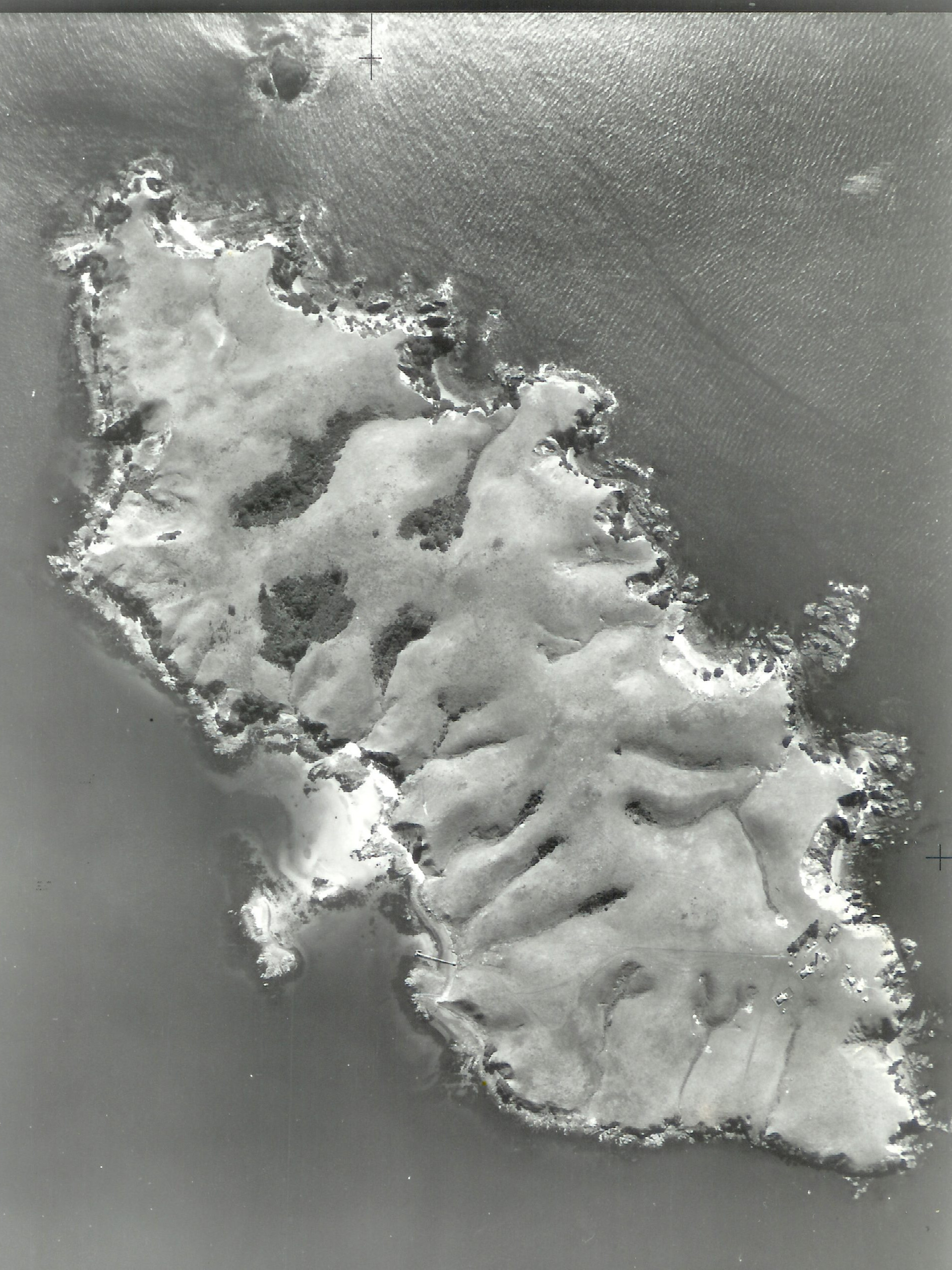
Children energised by the wonders of the New Zealand bush
Children energised by the wonders of the New Zealand bushAuthor: Jean GoldschmidtDate: 18/05/23Winter clothes today; boots, long trousers and the raincoat at hand for the dank, dark miserable day. White horses whipping up the waves found the ferry rolling sideways and passengers glued to their seats. Sitting indoors for a change, I smiled and added comments to the conversation between guides but my mind was on the children we would be guiding today. Was I over it? Did I really want another dose of young children? Already in their groups the children came off the boat and lined up on the concrete in a manner which showed thorough preparation – so a good start. Away as group four, I marched up the path with eight ten-year-sold and the teacher behind me. She explained the children were in three groups, birds, environment and she took the māori component but she felt she still had a lot to learn. With full participation, they quickly found all the berry colours on the tawapau. After the constant rain, all heard the gurgling water rising up the māhoe. Everyone found a perfect skeleton leaf which they matched with a green living leaf. At the edge of the bush, the pōpokotea/ whiteheads flitted back and forth over our heads until one briefly landed on the track in front of us. These special little birds with heads dipped in white paint move in families and…
One of the most interesting trips I have ever had in my life
One of the most interesting trips I have ever had in my lifeAuthor: Gabrielle Yan (Year 5/6), Summerland SchoolDate: 15/06/23Tiritiri Matangi was one of the most interesting trips I have ever had in my life. The ferry ride was great, amazingly clean to say the least. The first bird we saw was a bellbird, which had the voice of our school bell, which was very familiar as we have been hearing it for years. Along the way we saw many fantails and bellbirds, so many that they didn’t seem all that rare anymore. We heard a tūī singing near the feeding area, which had been surrounded by all sorts of birds. On the ground lay lots of skeleton leaves which were pretty much transparent with skeletons that looked very much like fibre. Our guide, Bob, showed us a tracking tunnel with laminated pictures of predators’ footprints. While we were taking a rest on a wooden bench, we spotted the biggest New Zealand pigeon ever, perched on top of a very large Nikau. On the way to the lighthouse, we made a wish while touching NZ’s oldest rock (80 million years old) and looking at the youngest (Rangitoto). Right before leaving the forest, we had a finger puppet hunt. The finger puppets were in the shape of native birds and other creatures, which was the most adorable thing ever. After we left the forest, we saw around 3 takahē, which was chasing after the…
King's Birthday Working Weekend
King's Birthday Working WeekendAuthor: Karin GouldstoneDate: 08/06/23On Saturday 3rd June a keen team of 16 volunteers boarded the Explore Ferry to make their way across the sea to Tiritiri Matangi. After settling into the bunkhouse, some bird watching, lunch and a health and safety briefing Talia, the Department of Conservation Ranger set up the working groups. Armed with shovels, shears, secateurs, hedge trimmers and wheelbarrows we tackled the long overdue maintenance on the upper Wattle Track. After a couple of hours with the odd interruption of kōkako, toutouwai/ robin and other wildlife we had a yummy shared dinner. We continued where we left off on the following day and we made amazing progress. In the evening some went exploring or put their feet up. Others went for a night walk and found tuatara, kororā/ little penguin, kiwi pukupuku/ little spotted kiwi, pāteke/ brown teal and wētā punga. Monday was our last day and was spent packing, cleaning and finishing off some jobs before another stroll around the special island. Thank you to Paul, who set up a yoga session in the Visitors Centre. Supporters Working Weekends The Department of Conservation and the Supporters of Tiritiri Matangi greatly appreciate your participation in our General Maintenance Volunteer program. The work of volunteers is an integral part of the island’s success as one…
Up and out, camera ready and heading towards the sunrise kōkako calls
Up and out, camera ready and heading towards the sunrise kōkako callsAuthor: Darren MarkinDate: 21/03/23Staying overnight on Tiritiri Matangi often means an early start. Up and out, camera ready and heading towards the sunrise because kōkako calls. As always, another exciting day is ahead. I know what birds I’m likely to see but the surprise is to see them in an unexpected way. This is so true of kōkako. Will they be on the ground, low down in the bush, more than one together, feeding, calling, petting ….?? On this particular day, I had been out wandering most of the time. Once the ferry had departed, I headed for the Wattle Track and sat on my stool behind the large bench which faces the lower/ bottom water trough. Listening for the faintest of kōkako calls. All quiet to begin with. Out comes my book. Patience needed. Several chapters later, I hear them. Behind me, up in the trees, calling to each other, very quietly as they feed. Just the odd notes, but I only need one. Book down, camera, ears and eyes are now on full alert. They are now above me. Suddenly, Te Rangi Pai comes down and begins drinking at the water trough. In swoops her partner, Hemi, very quickly and he begins feeding her the small green berries. The element of surprise is there, right in front of me. Amazing. She soon hops away, along the fence and up into the trees. Hemi…
